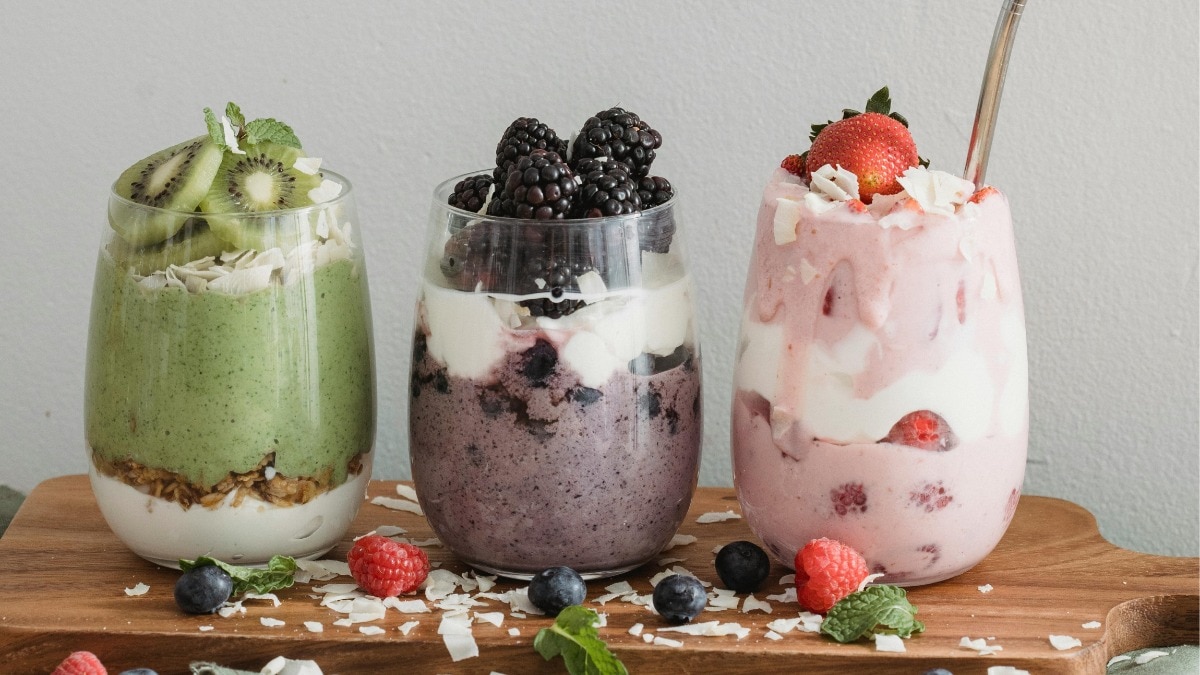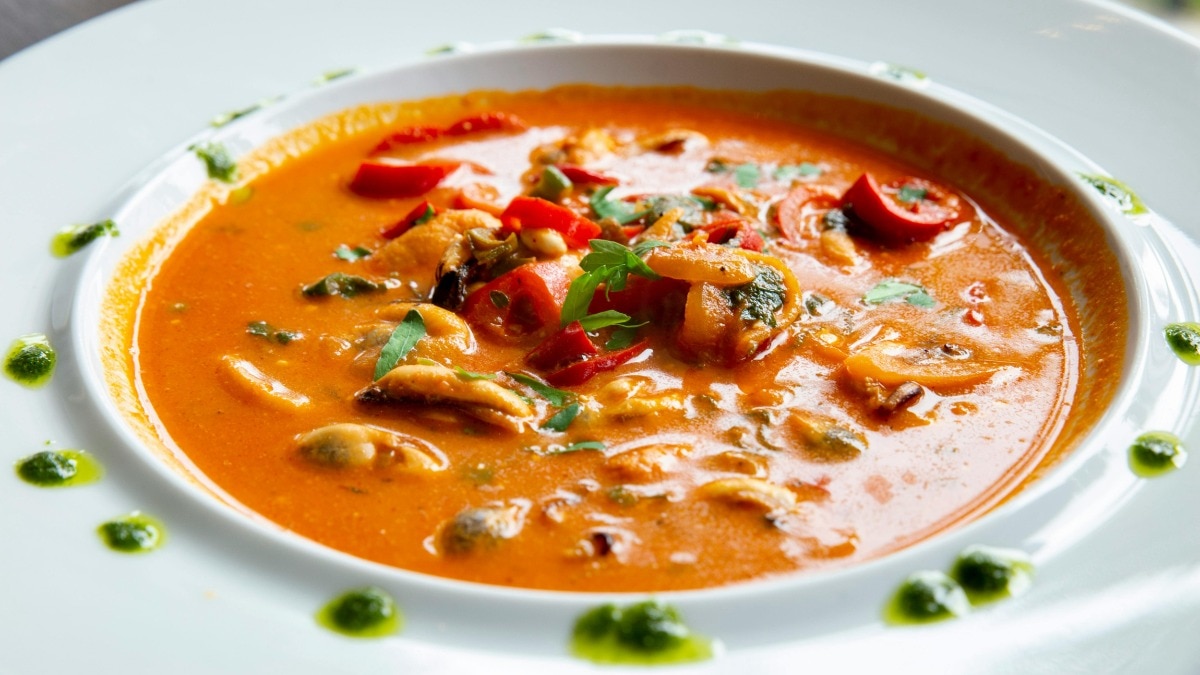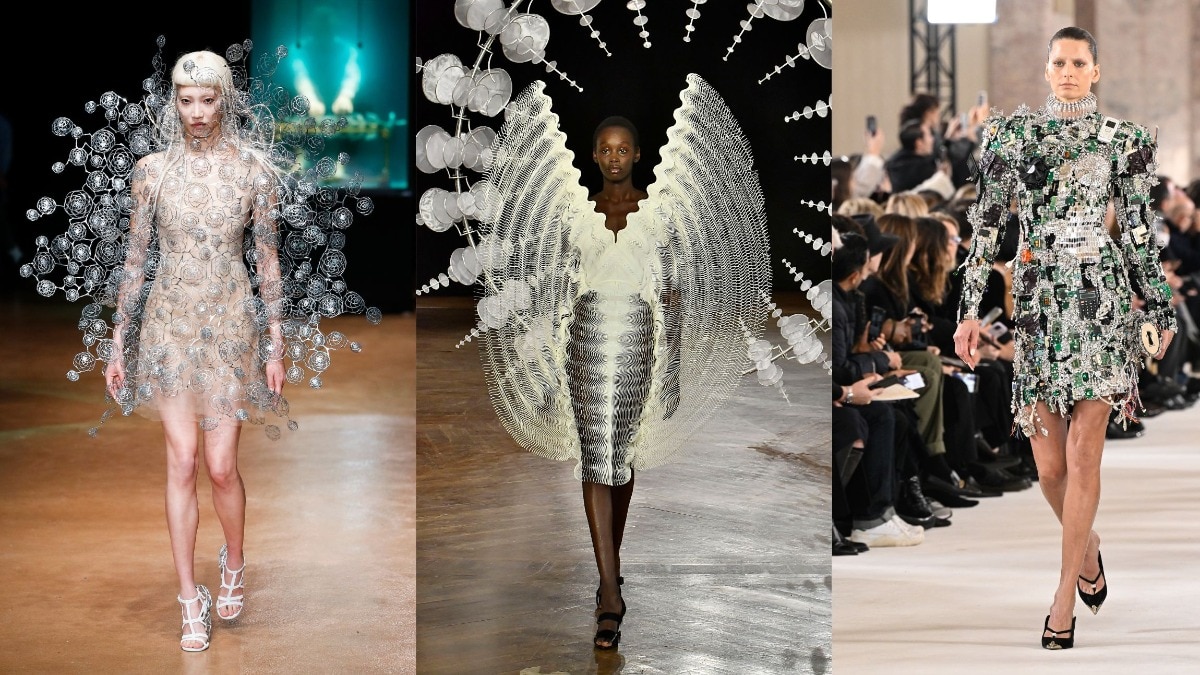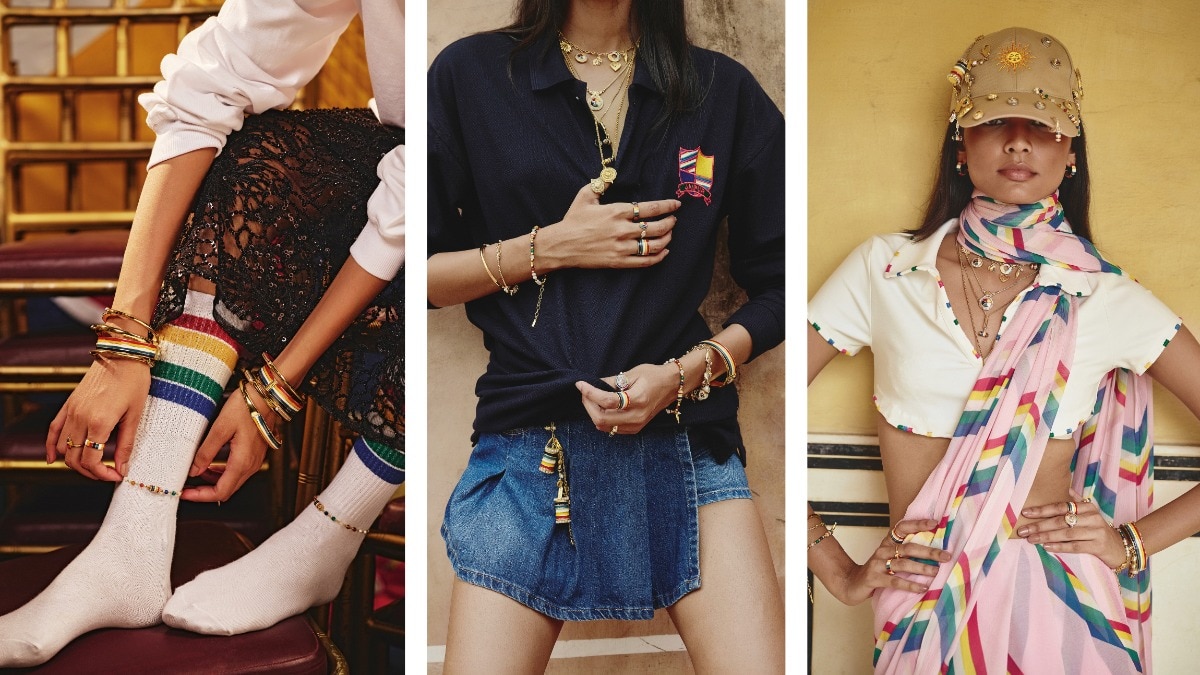Out with the sloppy drunks, there is a new way to party
A teetotaler? Or simply refusing to wake up with a hangover? The new trend of low-and-no-alcohol offers some exciting picks.


Consider this: You are at a friend’s party, a Friday night birthday bash, and everyone is in the spirit of “partying their long week away” and “having a good time” when you announce you’re not drinking that night. A few years ago, this statement may have been received with astonished gasps, judgmental looks, disappointed sighs, maybe even a snigger. We were trained to believe that having a good time was directly related to drinking alcohol and being sufficiently, if not significantly, inebriated. But not anymore.
Lifestyle changes, awareness of health, wellbeing trends, and marketing shifts (leading brands and their endorsements by leading film stars driving non-alcoholic beverage consumption in India) have all led to the rise of low-and-no-alcohol drinks—we’re talking lighter in alcohol or alcohol-free, rich in antioxidants, bitter, and brighter drinks full of bold flavours but with less sugar and far less calories. The trend is especially prominent among younger consumers in the 25-34 age group, with 41 per cent of young beer drinkers willing to switch to low-or-no-alcohol beers.
In an Instagram post, Food Talk India founder, Shuchir Suri says, “Everyone is all about the ‘health and wellness’ life. And apart from the variety of diet cultures and organic foods that the industry has seen, another growing passion of those seeking a longer, better life is to somehow retain the pleasure of social drinking without the pressure of the hangover, or the woes of being a sloppy drunk, which has given a platform for low and no alcohol drinks to thrive.”
Add to this the improving disposable income, which allows people to experiment. Younger consumers are choosing to drink less, while spending more on quality rather than quantity.
The market for non-alcoholic beverages is vast, valued at around 50,000 crores and said to grow further in the coming years. According to research giant Statista, the market is said to grow by a CAGR of 9.01 per cent for the forecast period of 2021-2025. Also, the report reflects that around 81 per cent of consumers in the Indian market are tired of cola and other drinks and are looking to try new options.
What this means is a lot of new opportunities for the bar industry. In fact, it is deemed one of the most exciting opportunities for the industry and one that is likely to see untold innovation and evolution in the coming years.
“What we aim to do is not lose the flavours or taste of the drinks but experiment with techniques,” says Gurmehar Sethi, the head chef at KLAP, New Delhi. One of the leading techniques used in the restaurant is sous vide, where they try to infuse edible fruits and herbs into the alcohol and vacuum pack it so they don’t lose the alcohol and cook it for four to five hours at a very low temperature of 60 degrees. This way, the alcohol retains its flavours and taste. “The technique works well for low alcohol by volume (ABV) cocktails,” adds Sethi.
Even mass market brands have joined the bandwagon. Kingfisher’s Radler, launched in 2018, is a combination of malt and fruit juice, whereas the 0.0 by Heineken, launched in 2019, is a non-alcoholic beer. Svami dropped its range of zero-proof drinks amid the pandemic, Sepoy has become a staple with its range of premium botanic mixers, and even Bombay Sapphire Gin & Tonic has picked up steam since it launched in early 2022.
Low alcoholic drinks have an alcoholic strength of 1.2 - 5.5 per cent ABV. Your wine spritzers, aperitifs, and low-alcohol beers fall in this category, as do vermouth and ciders. And it is not as new a trend as we may believe. In places like Italy and Mexico, kombucha, tepache, and aperitivo (examples of low alcohol beverages) have been part of the culinary culture for ages. Non-alcoholic beverages similarly use non-alcoholic spirits, teas, juices, ferments, flavoured mixers, and more to mirror the taste of a cocktail.
“We often use lemon flavours in such drinks, like our Lavendar Lemonade & Blue Pea Zest, and coffee-based mixes do well, too, since they give you a caffeine jolt rather than an alcohol buzz. Coffee also helps enhance the actual taste of alcohol,” says Naina Chauhan, the creative head at Café Tesu, New Delhi.
As for the future, Suri in the post says, “This industry only promises to grow in the coming years. Of course, the growth will require strong expertise, and the new experiments are bound to be extremely challenging, but this one is going to be super exciting to watch.” The low-and-no trend is here to stay, and with the Indian low-and-no-alcohol market still at a nascent stage, it looks all the more promising. According to research by Mintel, 38 per cent of Indians wish to switch from standard-strength beer to low or no-alcohol versions. And it looks like the entire industry is looking forward to what’s in store.










